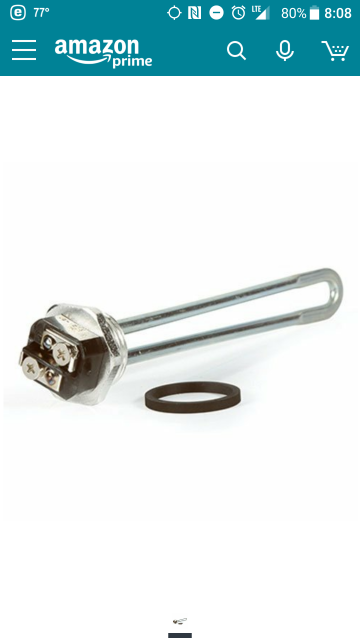Alright guys so I'm going to be building a 8'*4'*4' tank here within the next couple months in my basement. I've already gotten the glass size picked out thanks to you and the blueprints are done. I am going to be having a custom overflow system out the back leading to a 55 gallon drum which will be filled with different filter media. Once the water passes through that and is clean I will run out the side from a pvc pipe to a UV sterilizer. Once it passes freely throylugh there it will then end up going to an online heater which I will be building and then end up draining into 30 gallon drum with a submersible pump that will pump the water back into the tank.
My question here is what size heating element would I use to heat the water to about 80 degrees? Does the 5 watts per gallon rule still apply to inline heaters? It will be running from a thermostat that will be reading temps within the tank to keep the heater efficient and reliable. For a living I am an industrial maintenance technician in a forging plant so I'm pretty familiar with mechanics, electrical, pneumatics, and plumbing. Once I start the build I'll be sure to keep a log of everything I do and the materials I use and I'll be posting my own build here for anyone who is interested. Any tips or recommendations let me know. Thanks for the help previously and thanks for the help now guys.
My question here is what size heating element would I use to heat the water to about 80 degrees? Does the 5 watts per gallon rule still apply to inline heaters? It will be running from a thermostat that will be reading temps within the tank to keep the heater efficient and reliable. For a living I am an industrial maintenance technician in a forging plant so I'm pretty familiar with mechanics, electrical, pneumatics, and plumbing. Once I start the build I'll be sure to keep a log of everything I do and the materials I use and I'll be posting my own build here for anyone who is interested. Any tips or recommendations let me know. Thanks for the help previously and thanks for the help now guys.







